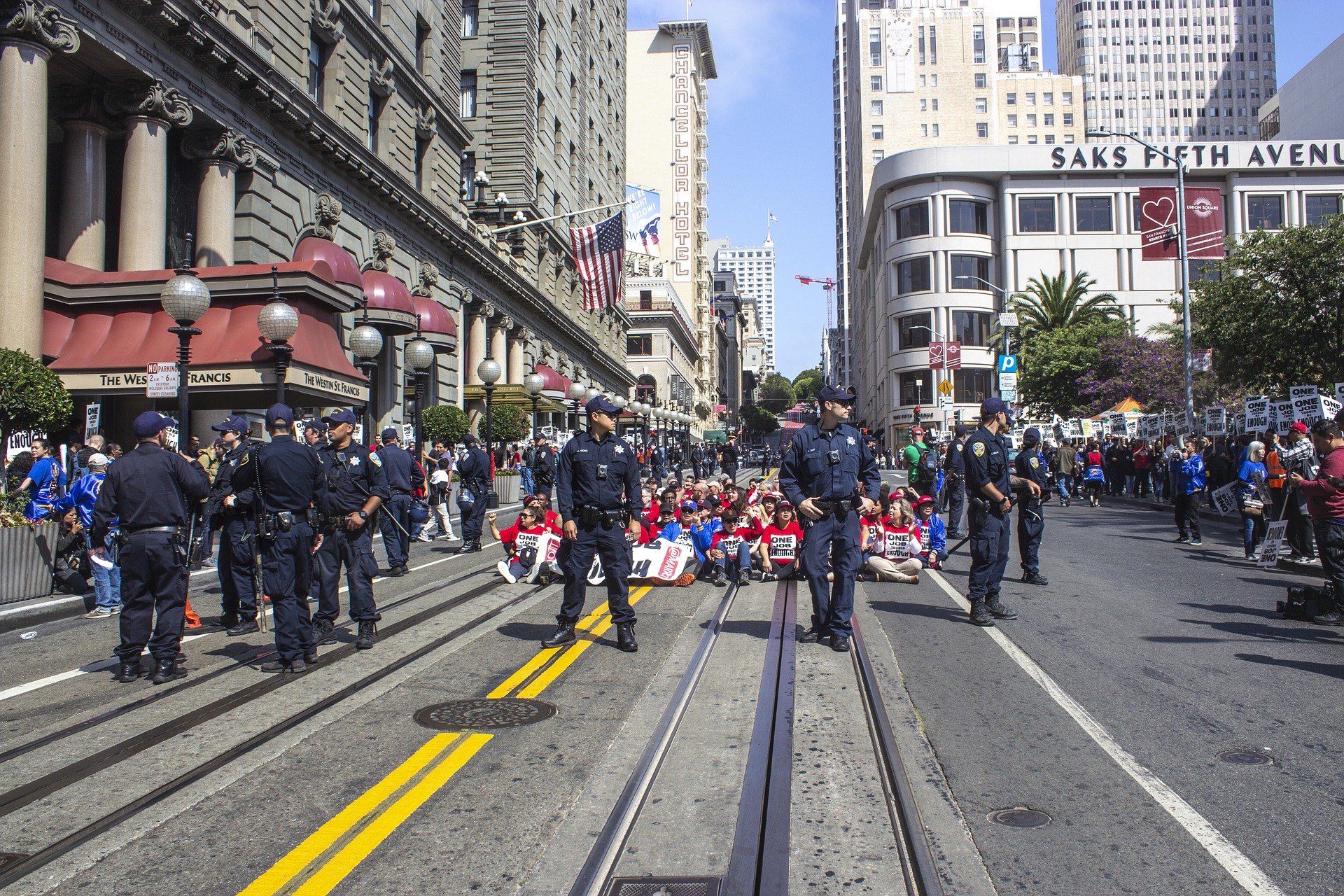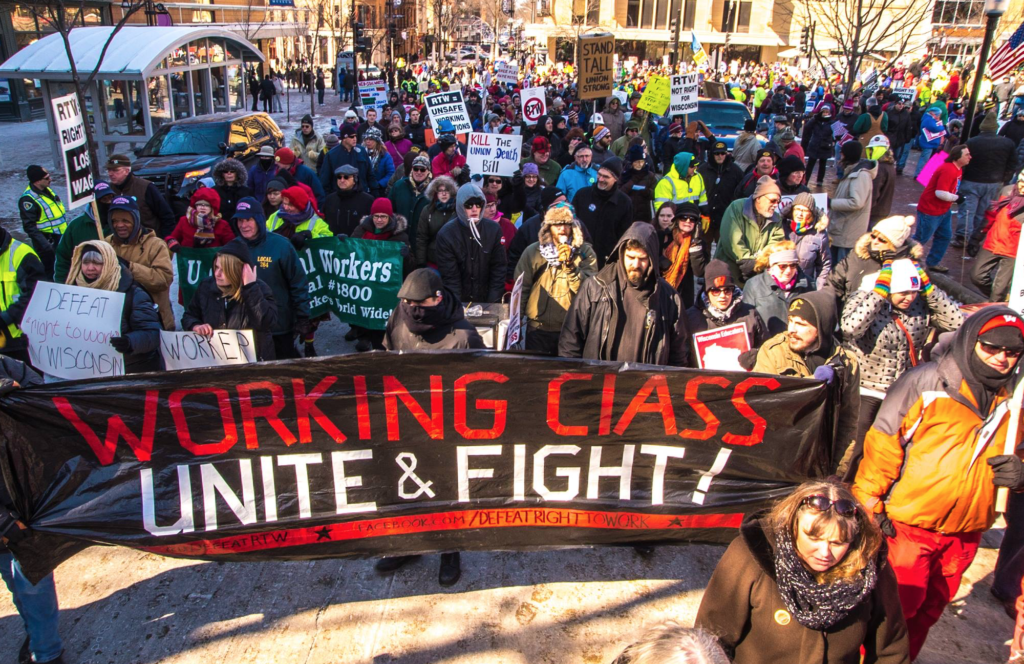What is International Workers Day?
International Workers Day is a public holiday celebrated in over 80 countries that typically takes place on May 1st of every year.
Also known as Labour Day or May Day, International Workers Day is dedicated to the class and labor struggles that took place all over the globe in the 19th century.
It is a day meant to both celebrate and appreciate the contributions of the working class to society as a whole, and a reminder of the workers and union leaders who sacrificed their lives to improve working conditions for all and inspired countless others to do the same.
The Importance of International Workers Day
The eight-hour workday, child labor laws, safe working conditions, and other rights workers are now entitled to, such as lunch breaks, maternity leave, paid time off, and Workman’s Comp are all the result of decades of organized labor strikes, work stoppages, demonstrations, and protests carried out by the working class all over the world.
These demonstrations took place at the height of the Industrial Revolution, when work conditions were abysmal and oftentimes downright dangerous. A worker was expected to spend all of their waking hours working, from sun up to sun down, with very little time to eat or relieve themselves.
Wage slavery and worker exploitation was all too common, but with essentially no other employment options, there was nothing individual workers could do to change their situation. Thousands of men, women, and children were needlessly dying every year due to these inhumane conditions coupled with ten to sixteen hour work days.
“In fact, what could give the workers greater courage and faith in their own strength than a mass work stoppage which they had decided themselves?
What could give more courage to the eternal slaves of the factories and the workshops than the mustering of their own troops?
Thus, the idea of a proletarian celebration was quickly accepted and, from Australia, began to spread to other countries until finally it had conquered the whole proletarian world.”
— Rosa Luxemburg
How The Labor Reform Movement Started
Although the movement was popularized in the United States in the 1880’s, the idea of using a labor strike as leverage for an eight hour workday was first pursued seriously by Australian stonemasons in Victoria who, in 1856, decided to organize a mass work stoppage for one day.
This direct action protest was a success, and today these stonemasons are regarded as the one of the first groups of organized workers to establish an eight hour workday without losing their pay.
This led to the adoption of similar tactics in North America decades later, where in October of 1884, the American Federation of Labor (formerly known as the Federation of Organized Trades and Labor Unions) together with the Knights of Labor decided that beginning on May 1st, 1886, an eight hour workday would become the new standard in both the US and Canada.
The Haymarket Affair
On May 1st, 1886, historians estimate that anywhere from 300,000 to half a million US workers went on strike nationwide, with over 40,000 people protesting in Chicago alone.
The protests in Chicago were largely peaceful and remained organized until May 3rd, when an altercation between striking workers and strikebreakers prompted police to open fire, killing at least one person and injuring other workers.
The next day, as police began to disperse workers protesting at Haymarket Square, an unidentified assailant threw a dynamite bomb into the crowd—killing 7 officers and at least 4 protesters. 60 officers and over 100 protesters were injured in addition to those casualties.
This event came to be known as the Haymarket Affair or Haymarket Riots, and it played a crucial role in the furthering of the labor reform movement internationally.

“We want an enactment by the workingmen themselves that on a given day eight hours shall constitute a day’s work, and they ought to enforce it themselves.”
— Peter J. McGuire
Legal Consequences of the Haymarket Affair
The Haymarket Affair resulted in the arrest of eight anarchist, socialist, and labor movement leaders, all of whom were tried and convicted of conspiracy in November of that same year in what many consider to be a miscarriage of justice.
Seven were sentenced to death and the other faced fifteen years of imprisonment. Two had their sentences commuted to life in prison and one committed suicide before his sentence was carried out.
Today, August Spies, Albert Parsons, Samuel Fielden, George Engel, Adolph Fischer, Michael Schwab, Louis Lingg and Oscar Neebe, are known to many as the Haymarket Martyrs.
International Significance of the Haymarket Affair
Fortunately, the sacrifices of the Haymarket Martyrs did not go unnoticed. In 1889, the Second International, an organization of both socialist and labor party members from 20 countries, held their first congress in Paris with over 400 delegates in attendance.
It was during this meeting that Raymond Lavigne put forward the idea of a universal work stoppage on the anniversary of the Chicago strike in support of the eight hour work day.
On May 1, 1890, hundreds of thousands of working class people in the US and most European countries as well as in Cuba, Peru and Chile participated in May Day strikes and demonstrations.
In London alone, over 300,000 protesters attended a May Day Rally to show their support.
The following year, May Day was recognized as an annual event at the Second International’s second congress due to its widespread success.
“As I write these lines, the proletariat of Europe and America is holding a review of its forces; it is mobilized for the first time as one army, under one flag, and fighting for one immediate aim: an eight hour working day.”
— Frederick Engels
Official Adoption of May Day Around The World
In 1904, at the Second International’s sixth congress in Amsterdam, a resolution was adopted pertaining to the first of May.
This congress, attended by 482 delegates from various countries, called on proletarian organizations and trade unions from all countries to organize work stoppages and demonstrations on May 1st in support of the legal establishment of the eight hour day.
It was not long after that that International Workers Day, or May Day, was officially established as a public holiday by 80 countries and counting.

Why May Day Isn’t Celebrated In the US and Canada
Surprisingly, International Workers Day is rarely celebrated in the US. Even though May Day was officially recognized by the US government in 1894, it was quickly replaced with Labor Day, which became a federal holiday celebrated on the first Monday of September.
This was done intentionally, in an effort to shed any links to the Chicago killings and for fear that it would glorify violent protest and build support for communism and other radical causes.
To make matters even worse, International Workers Day was rebranded in the US as “Loyalty Day” by President Dwight Eisenhower during the Red Scare in the 1950s.
Clearly, we still have a long way to go before workers around the world are given the respect, treatment, and work conditions they deserve but until then, International Workers Day on May 1st serves as an annual reminder to the working class to never stop fighting.
Further Reading
Protesters Gather Across The World For May Day
The Suffering Working Class – What Can Be Done?
Poor and working-class Americans have gotten hammered. Here’s how to help their children do better.
3 Ways to Help the Working Class
What Are the Origins of May Day?
May Day, The Worker’s Day, born in the struggle for the eight-hour day
International Workers’ Day (Labor Day)
What Are the Origins of May Day?
May Day: A Short History of the International Worker’s Holiday 1886-1986
InternationalWorkersDay.org was developed by Darren Johnson for UpWord Growth.